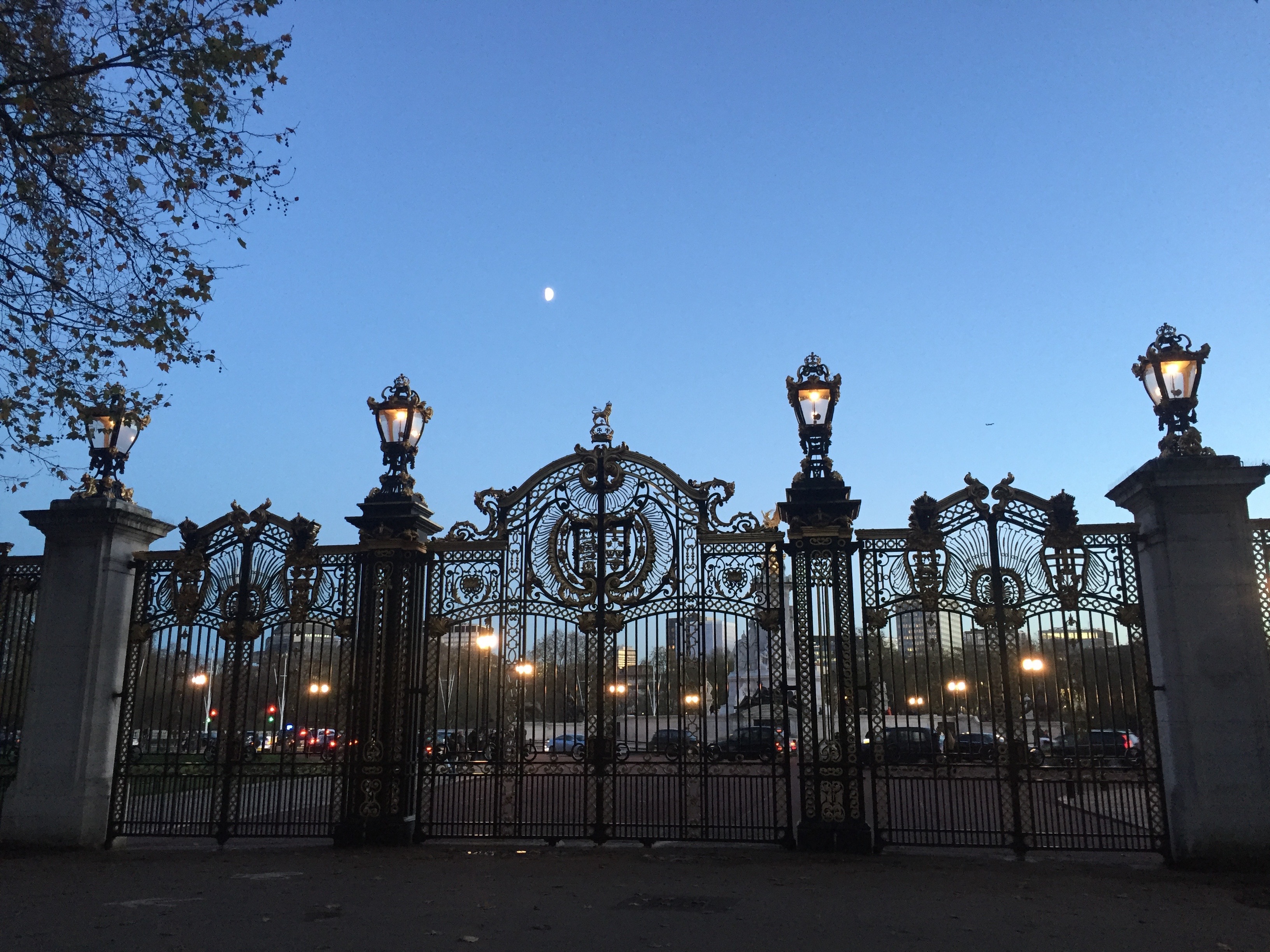Summary of the Presentation on….
The Japanese Decision to Surrender
in August 1945
Professor Neal Ferguson gave a scintillating presentation, analyzing the events surrounding the Japanese decision to surrender in August of 1945. The first controversy dealt with the U.S. decision to drop the two atomic bombs and President Truman’s role, and the second related topic of dispute was the role—if any—the bombing of Hiroshima and Nagasaki played in ending the war. Related to that was the moral question, regarding whether the bombs were necessary to end the war against Japan. Some have argued that the possible critical decision in persuading the Japanese to surrender may have been the Soviet Union’s decision to end their non-intervention agreement with Tokyo and declare war on Japan on August 9th. Finally, Ferguson addressed what was happening within the Japanese government, specifically the impact of emerging crises bearing on the decision to surrender.
Ferguson argued that, contrary to popular myth, Japan’s decision to surrender was not inevitable after the US dropped the two atomic bombs, nor even after the Soviet decision to enter the war! He presented the “Strategic Imperative” facing Japan in 1945, which centered on the need to neutralize (if not defeat) the US, bring the US to the negotiating table, and achieve an honorable peace. However, by mid 1945, that seemed unreachable given the military setbacks, the blockade that denied Japan strategic raw materials, a food crisis that portended massive social unrest, and what appeared to be an inevitable US intention to invade.
Dr. Ferguson reminded the audience that at the July Potsdam Conference, the Allies demanded the “unconditional surrender” of Japan or face its “prompt and utter destruction” (the Soviets were not a signatory to the declaration). To mitigate the potential for a multi-front invasion, the Japanese approached the Soviet Union to seek a negotiated resolution, still hoping to achieve better terms than the Potsdam Declaration, but to no avail. Despite the worsening situation, the War Council still preferred “Ketsu-go,” meaning roughly “fight to the death.”
In the face of an increasingly divided cabinet after August 9, Emperor Hirohito assumed an unusually aggressive posture by offering a second go-seidan (divine decision) accepting the Potsdam Declaration, and ordered the Army to “return swords to scabbards.” Wartime hostilities terminated on August 15th and the treaty of surrender was signed aboard the US Missouri on September 2nd.
In the Q & A period, Dr. Ferguson reemphasized that the surrender of Japan was not inevitable. In fact, the military was inclined to encourage an American invasion, which it felt confident it could stalemate if not repulse and cause its adversary to suffer hundreds of thousands of casualties. In the end, Ferguson reiterated that food security and internal unrest seemed to be stronger motivating factors to surrender, more than the threat of an American or Soviet invasion.
US military thinking clearly anticipated the necessity of a land invasion. In fact, the slogan was “The Golden Gate in 48,” meaning that the U.S. did not expect an end to the war for another three years, and not without severe casualties. By August 13, as contained in a Pentagon thirty-day estimate, the U.S decision to invade was being reconsidered because of the Japanese build-up on the island of Kyushu, the invasion site.
The role of General MacArthur was critical in this period. MacArthur very much wanted an amphibious attack. In the postwar period, as Supreme Commander in Japan, he had considerable flexibility, and given Truman’s newness in office and the predilection of the combined chiefs of staff to leave key decisions to the Supreme Commander in the Pacific, MacArthur made the decision—clearly one of his most brilliant ideas—to retain the Emperor in his position, despite a Congressional vote and public opinion running to the contrary. According to Ferguson, “MacArthur was given a free hand and played it brilliantly.”
To conclude, although Ferguson had a strong disinclination to address “the hypotheticals,” he was asked if he thought Truman made the right decision to drop the atomic bombs—despite the strong military aversion to the idea (e.g. Eisenhower was very much opposed). However, Ferguson argued that Truman had very little choice as events had been set in motion, and it would have required a powerful chief executive to change the decision to drop the bombs (as Truman was decidedly not at that time). Ferguson stressed that the Target Selection Committee, comprised of most top scientists and military officials who had worked on the Manhattan Project, were running the show, and, for them, there was not an iota of doubt that the atomic bombs would and should be used.
Dr. Neal Ferguson is a recently retired Professor of History at the University of Nevada-Reno. The link to Ferguson’s excellent PowerPoint is below.

